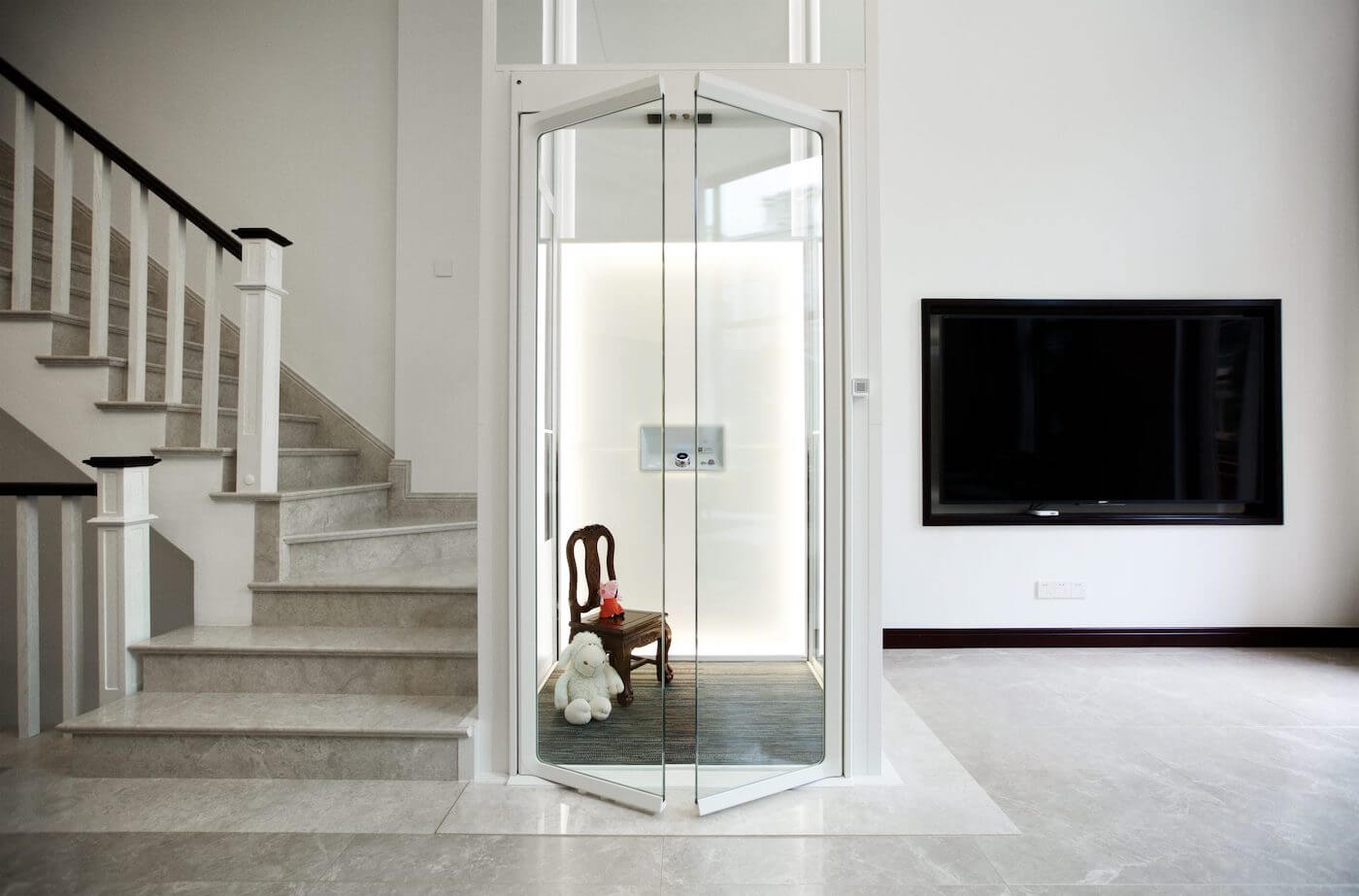Exploring the Globe of Lifts: Common Concerns Dealt With by Various Lift Systems
As we navigate through the vertical transport systems of contemporary structures, lifts stand out as an important part of our daily lives. From hydraulic elevators to grip systems and machine-room-less designs, each lift type comes with its set of typical concerns.
Hydraulic Lifts
Hydraulic lifts, frequently liked for low-rise structures, make use of fluid stress to regulate the activity of the lift vehicle (lift repair companies). This mechanism includes a hydraulic pump pushing oil into a cylinder, triggering the elevator to relocate the preferred direction. While hydraulic elevators are known for their peaceful and smooth operation, they do include their own set of common issues
One prevalent problem with hydraulic elevators is oil leakage. The seals in the hydraulic system can break in time, resulting in oil seepage. If left unaddressed, this not just produces a mess yet can additionally influence the lift's performance. Furthermore, problems with the control system, such as damaged shutoffs or a malfunctioning pump, can create interruptions in the lift's motion.
Routine maintenance and timely repairs are important to ensure the smooth performance of hydraulic elevators. By resolving these common concerns proactively, structure owners can decrease downtime and make sure the safety and performance of their vertical transport system.
Grip Lifts
When taking into consideration upright transportation systems in structures, another usual type apart from hydraulic elevators is the grip elevator. Grip elevators run using a system of ropes and weights that move the lift automobile by gripping onto the hoist ropes. This system allows for smoother and quicker vertical transportation contrasted to hydraulic systems.
One of the usual issues encountered by traction elevators is rope wear. The consistent motion of the ropes within the grip system can result in tear and use over time, possibly causing the elevator to breakdown or become unsafe for use. Normal evaluations and upkeep of the ropes are necessary to make sure the lift's proper functioning and safety and security.
Another problem that grip lifts may come across is connected to the control system. Problems with the control system can cause issues such as unpredictable motion, hold-ups in response times, or even full closures. Regular testing and upkeep of the control system are crucial to avoid such concerns and ensure the elevator's dependability.
Machine-Room-Less (MRL) Elevators

One of the vital elements of MRL lifts is the small gearless grip device that is mounted within the hoistway. This maker efficiently drives the elevator automobile without the demand for large tools discovered in traditional grip elevators. browse around this web-site Furthermore, MRL lifts usually use a weight system to stabilize the automobile, further boosting their energy performance.
In spite of their advantages, MRL elevators may encounter challenges connected to upkeep and fixing because of the constrained room for devices setup. Accessibility for servicing parts we maintain lifts within the shaft can be restricted, calling for specialized training for technicians. Appropriate upkeep schedules and regular evaluations are vital to make certain the continued smooth operation of MRL lifts.
Overloading and Weight Limitation Issues
Overwhelming and weight limit concerns are essential worries in lift operations. Elevator manufacturers design raises with specific weight capacities to make certain passenger safety and equipment durability.
When lifts are strained, it places excessive pressure on the motor, wires, and other parts, potentially creating breakdowns or break downs. Safety devices such as sensors and overload sensing units are in area to stop elevators from moving if they spot excess weight. Additionally, going beyond weight limits can cause increased power consumption and damage on the elevator system.
To alleviate straining problems, constructing managers must plainly display weight limitations in lifts and educate passengers on the importance of adhering to these constraints - lift repair companies. Regular maintenance checks by certified specialists can likewise aid guarantee that lifts are running within secure weight parameters. By attending to overloading and weight restriction issues proactively, structure owners can enhance elevator safety and security and efficiency
Electrical System Failures
Surpassing weight restrictions in elevators can not only result in mechanical concerns yet also possibly add to electrical system failings within the lift framework. Electrical system failures are an important concern in elevator operation, as they can trigger unforeseen closures, breakdowns, and even safety and security hazards. One typical electrical problem is the getting too hot of elements as a result of too much existing flow triggered by internet overloading the elevator beyond its capability. This can bring about harm to the control, circuitry, or electric motor systems, leading to pricey repairs and downtime.
Furthermore, power surges or variations in the electric supply can likewise disrupt the lift's operation, affecting its efficiency and security. These electrical disruptions can damage delicate lift components such as control board, circuit card, or sensors, bring about system failings. Regular upkeep and evaluations are essential to recognize and attend to potential electric issues without delay, making sure the safe and reliable operation of lift systems. By sticking to weight limits and performing routine electric system checks, building proprietors can reduce the threat of electrical failings in elevators.
Verdict

Hydraulic elevators, usually liked for low-rise structures, use fluid stress to regulate the motion of the lift automobile.When considering upright transport systems in structures, another common type aside from hydraulic lifts is the grip elevator. Grip lifts operate using a system of ropes and counterweights that move the lift automobile by gripping onto the hoist ropes. Unlike standard lifts that need a different equipment room to house the tools, MRL elevators incorporate many of the components within the shaft, removing the requirement for a dedicated equipment space.In conclusion, lifts encounter typical problems such as hydraulic malfunctions, grip system failings, and electrical system problems.
Comments on “We Maintain Lifts to the Highest Requirements: Reliable Service for All Lift Kind”